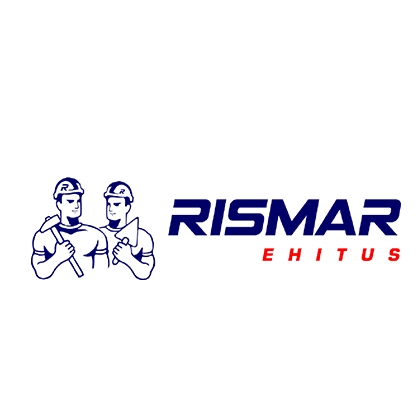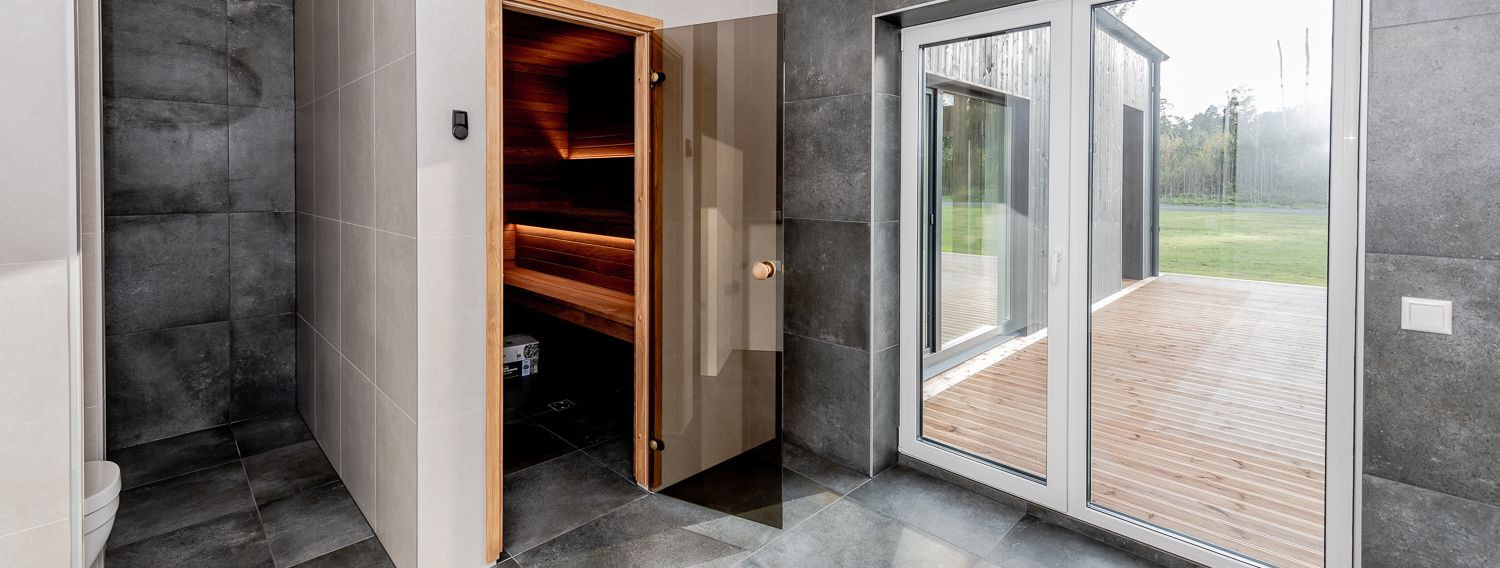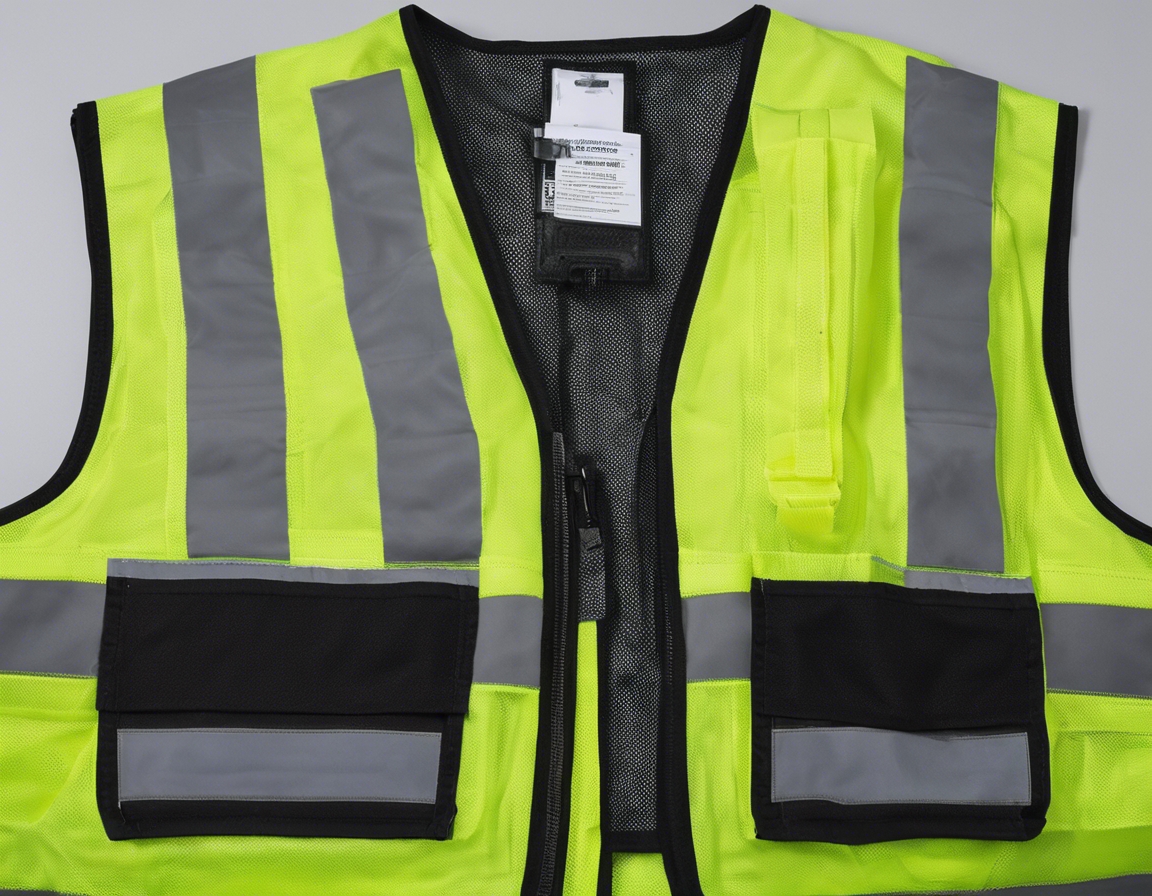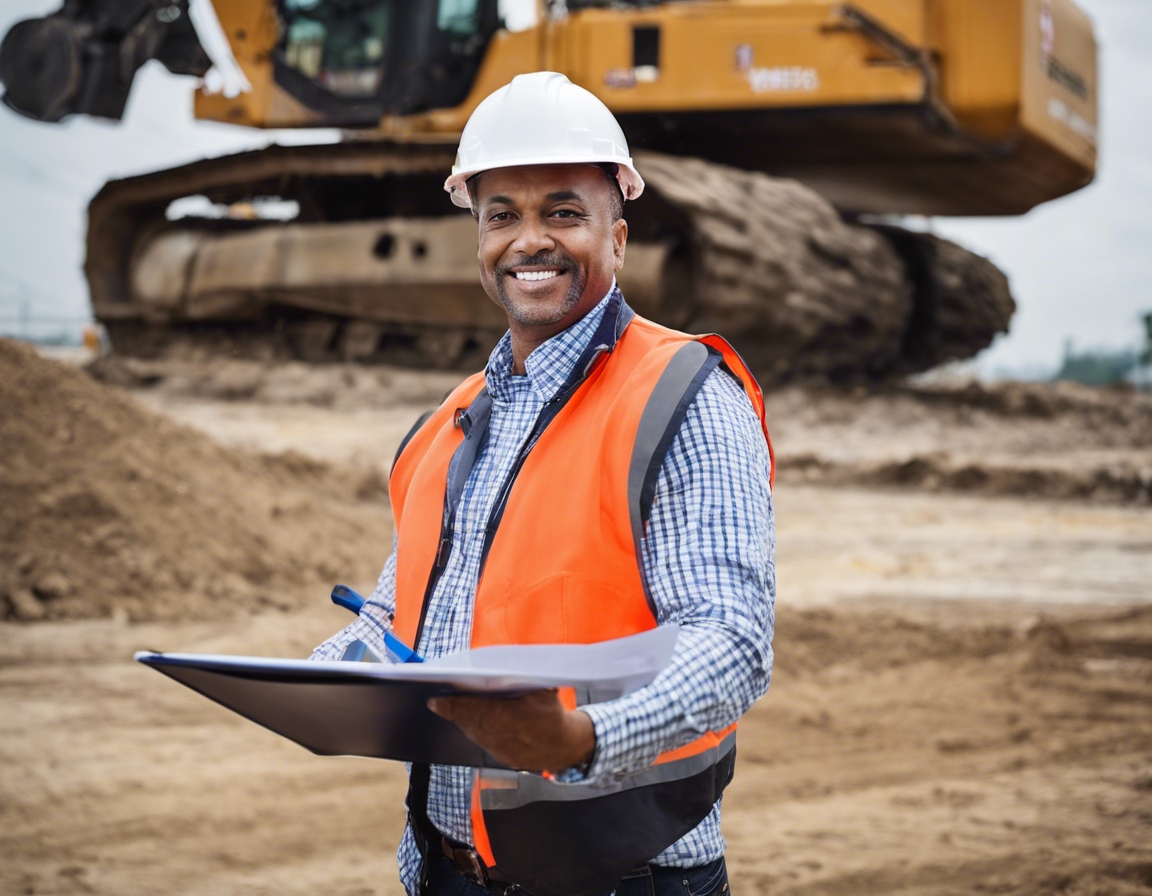5 trends shaping the future of sustainable construction
Sustainable construction is no longer a niche market in Estonia or the world at large. It has become a necessity, driven by environmental concerns and the demand for healthier, more energy-efficient living and working spaces. RISMAR OÜ is at the forefront of this movement, integrating these trends into our projects across Pärnumaa.
1. Green Building Materials
The use of materials sourced from renewable resources or composed of recycled content is gaining traction. These materials reduce the environmental footprint of construction projects by minimizing waste and the depletion of finite resources.
Research and development are leading to the creation of biodegradable construction materials, which can decompose naturally, reducing long-term environmental impact.
2. Energy Efficiency and Renewable Energy Integration
Modern insulation materials and techniques are revolutionizing building envelopes, making structures more energy-efficient and reducing heating and cooling costs.
The integration of renewable energy sources like solar panels and wind turbines is becoming more common in new construction, contributing to a building's energy independence.
3. Water Conservation and Management
Water conservation is critical in sustainable construction. The installation of water-saving fixtures and appliances is a straightforward measure to reduce water usage.
Systems for collecting rainwater and reusing greywater for irrigation and toilet flushing are becoming more prevalent, further reducing the demand for treated water.
4. Smart Technology and Automation
Smart technology is being used to optimize energy consumption, with systems that can learn and adapt to usage patterns and environmental conditions.
Automation in construction, including the use of drones and robotic systems, is improving efficiency and safety on construction sites.
5. Emphasis on Indoor Environmental Quality
Indoor environmental quality is a key component of sustainable construction, with a focus on non-toxic materials and improved ventilation systems to ensure a healthy indoor atmosphere.
Biophilic design, which incorporates natural elements into the built environment, is being used to enhance well-being and connect occupants with nature.






Comments (0)